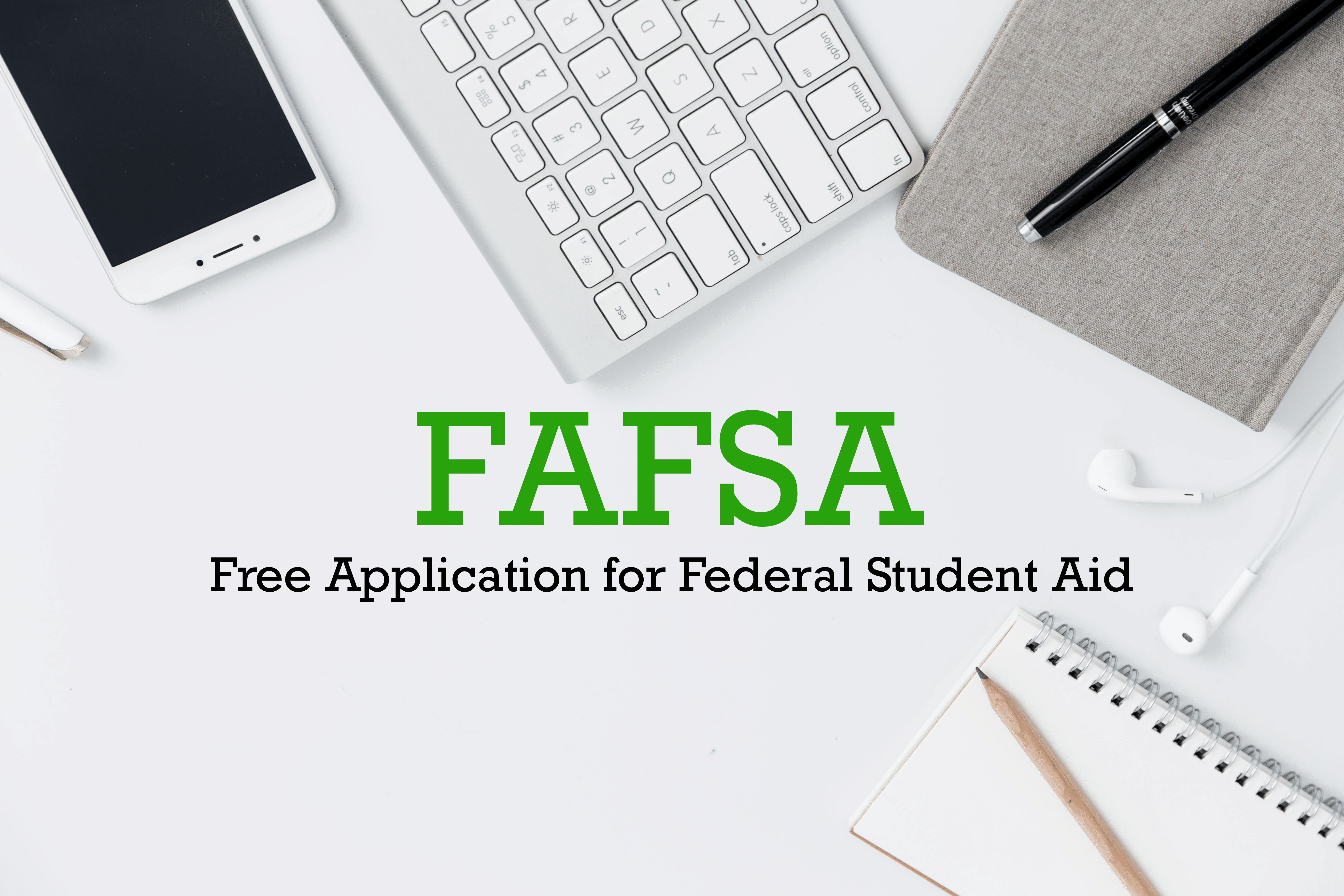
Thanks to the partnership of our 5E Schools and community partners, Arizona GEAR UP helps students and families get ready for postsecondary plans.
We know one of the biggest hurdles is the price tag of a college education. Luckily, help exists in the form of scholarships and financial aid.
But where to start? The Free Application for Federal Student Aid (FAFSA®) opened in October, and the earlier students apply, the more likely they will receive FREE money for postsecondary education. Students can complete the FAFSA on fafsa.gov.
GEAR UP Coaches will host virtual financial-aid workshops for students and families. Additionally, the Arizona Commission for Postsecondary Education kicked off the Arizona FAF$A Challenge. As part of the challenge, they provide all sorts of helpful information and toolkits.
6 things needed to complete the FAFSA
- Student’s Social Security Number (SSN)
- Parents’ SSN if they have one
- Income information from 2019 tax records
- Information about untaxed income (like child support and interest income)
- Record of savings and checking account balances
- List of colleges that interest the student
COVID-19 considerations
As you know, many families experienced severe financial impact from coronavirus. Financial aid will be based on 2019 tax returns—prior to the pandemic. However, help is available. Families should still complete the FAFSA, and then contact the college or university to discuss how their financial situation has changed. FAFSA offers details regarding the impact of COVID-19.
After completing the FAFSA, students will receive a financial aid offer that provides details about the different kinds of aid offered (grants, work study, and loans). If students apply to multiple colleges, they can then compare the costs of attending one university over another. From there, students can apply for scholarships that will also ease the financial burden.
In spite of the price tag of a college education, the U.S. Department of Labor reports that people earning a bachelor’s degree earn more than twice as much as individuals with less than a high school diploma. The investment in postsecondary education yields big results.